The Future of Video Marketing: Emerging Trends and Strategies
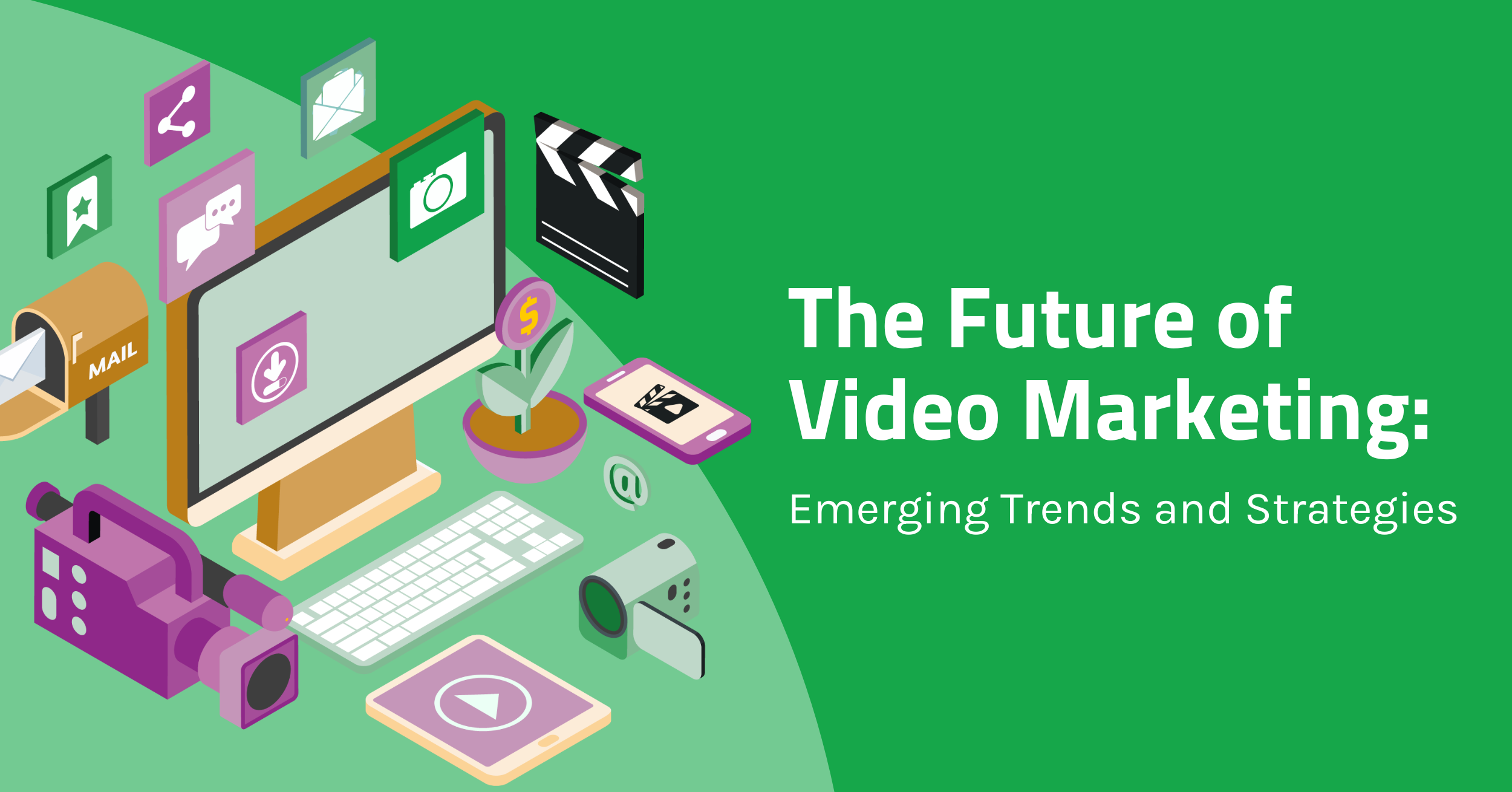
In today's digital landscape, video has become a powerful tool for businesses and marketers to engage with their audiences, convey their messages, and drive results. As consumer behavior evolves alongside the boom of short-form social media platforms, the future is as bright as ever for video marketing.

Photo by Elliot Teo on Unsplash
But how popular is video marketing?
According to Business Insider, there are over 244 million digital video viewers in the U.S. alone. During the third quarter of 2022, online videos recorded an audience reach of almost 93% among all internet users worldwide.
Consumers love video content and yearn for more, with over 91% saying they want to see more videos from brands. Additionally, in 2022, 86% of businesses used video marketing strategies, saying that this helps lead generation and positively impacts sales due to how engaging video marketing is.
Importance of Video Marketing
There are several compelling reasons why video marketing is so popular and positively impacts a business's sales and leads:
Video is highly engaging.
As a medium, video is memorable and allows businesses to convey their messages dynamically and effectively. With the ability to combine visuals, audio, and storytelling, video can captivate audiences and evoke emotions, leading to increased brand awareness, recall, and customer loyalty.
Video easily communicates complex information.
Businesses need to communicate complex information concisely and in an easily digestible way. Whether you're explaining a product, demonstrating a service, or sharing educational content, videos can simplify and streamline messaging, making it more accessible and enjoyable for viewers.
Video is highly shareable and viral.
Having proven itself to be a highly shareable and viral format, video has the potential to reach a wider audience through social media and other online platforms. YouTube, hailed as the most popular video-sharing platform, logs over 1.9 billion users every month. Meanwhile, TikTok, the fastest-growing social media platform of all time, has over 1 billion active users worldwide.
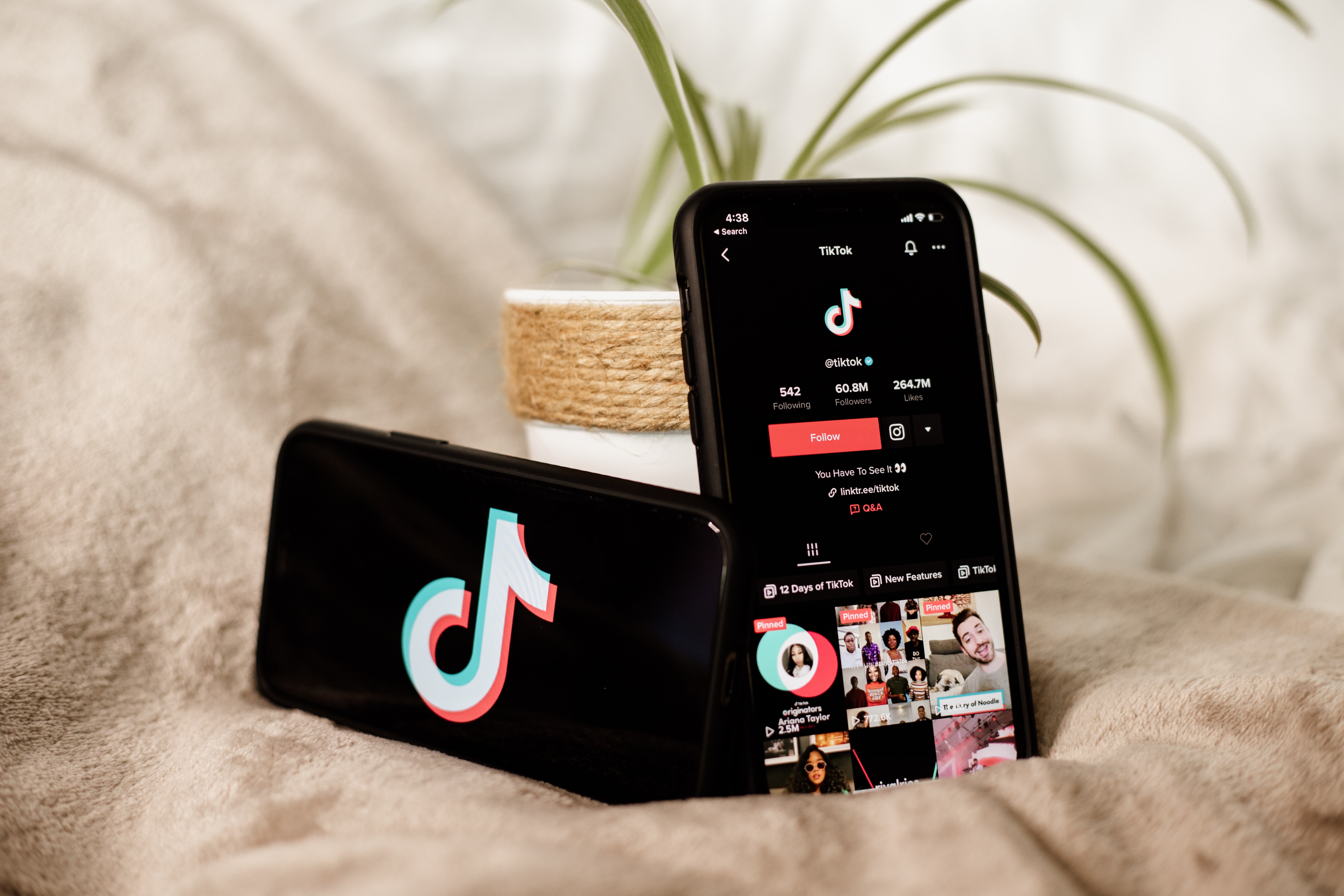
Photo by Collabstr on Unsplash
It helps that these platforms make it possible to share, like, and comment on videos, allowing businesses to extend their reach and tap into new audiences, driving traffic and generating leads.
Video yields valuable data and insights.
Video marketing provides valuable data and insights for businesses to measure performance and optimize their strategies. With analytics and tracking tools, companies can gain insights into viewer engagement, demographics, and behavior, allowing for data-driven decision-making and continuous improvement.
These qualities of video marketing for businesses give immense opportunities to connect with audiences, tell compelling stories, and achieve their marketing goals.
8 Different Types of Videos to Boost Your Strategy
When it comes to video marketing, there are various types of videos that you can incorporate into your strategy to captivate your audience and achieve your goals. Each type of video serves a unique purpose and can be tailored to your specific marketing objectives.
Here are the different types of videos you can use to supercharge your video marketing strategy and effectively engage your audience:
1. Brand videos
These showcase your brand’s identity, values, personality, and overall image. They aim to create an emotional connection with your audience, establish brand recognition, and convey the essence of your brand, often through a compelling story.
Brand videos can take on different formats, such as a company overview video, a brand story video, or a brand manifesto video.
2. Educational or How-Tos
How-to videos can teach your audience something new or guide them in doing a specific action. This type of video content showcases a process, skill, or technique that viewers can learn and implement themselves. It also often includes step-by-step instructions on that specific process.
A great example is Claire Saffitz's tutorial on baking her blood orange pudding cake from her cookbook "What's For Dessert." Alongside the step-by-step process, the video also features a list of ingredients, their measurements, and pieces of kitchen equipment necessary to make the dish.
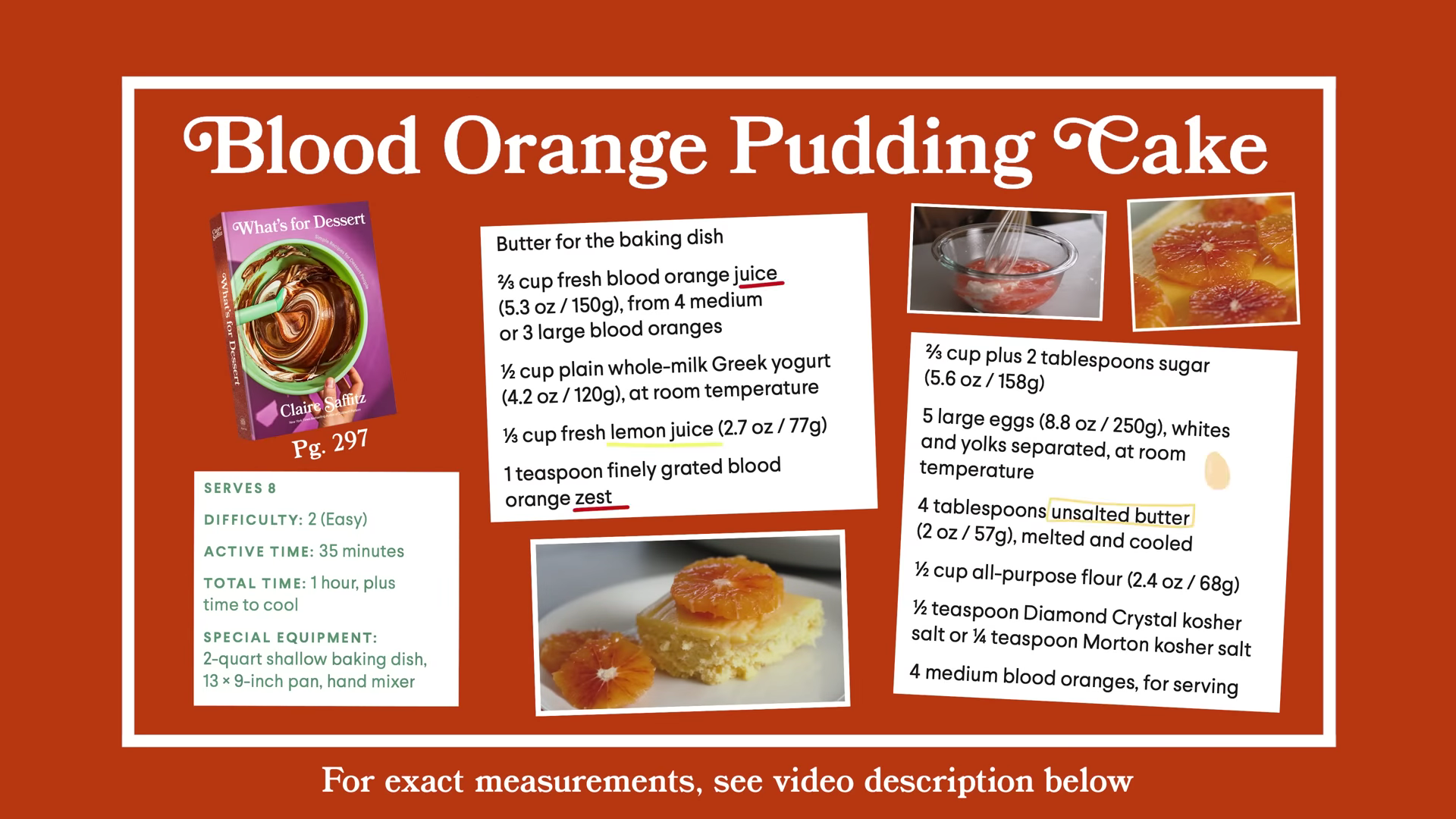
Source: Claire Saffitz x Dessert Person on YouTube
3. Expert interviews
These feature industry experts and thought leaders that provide insights, perspectives, and expertise on a particular topic or subject matter.
This format allows you to answer your audience's burning questions and shows that you're listening to them. As a result, it helps build authority and credibility in your industry by providing deep dives on relevant topics with the community's most influential or valued members.
4. Explainer videos
Explainer videos aim to convey complex or abstract concepts in a simple, concise, and engaging manner. These typically use visuals, animations, graphics, and voiceovers to explain a product, service, process, or idea in a way that is easy to understand and digest.

Photo by Stephen Phillips - Hostreviews.co.uk on Unsplash
When it comes to promoting your brand, explainer videos help your audience understand why they need your product or service. It often focuses on a fictional journey of your buyer persona struggling with a problem wherein they overcome it by adopting or buying your business's solution. Slack’s “So Yeah, We Tried Slack…” video is an excellent example of explainer content.
5. Demo videos
Demo videos are a powerful way to showcase how a product or service works. These often provide a step-by-step walkthrough or visual demonstration of how the product or service is used, highlighting its features, benefits, and value proposition. They also often include visuals, animations, graphics, and voiceovers to illustrate the product's functionality, usability, and value.
Utilize demo videos to showcase the benefits of your product or service. These can also be used in various marketing contexts, such as on product pages, landing pages, social media, email campaigns, and sales presentations.
The main difference between a how-to video and a demo video is that how-to videos focus on teaching viewers a skill, technique, or process, providing step-by-step instructions on how to do something. Meanwhile, demo videos highlight the features and functionality of a specific product or service.
6. Case studies
Case studies illustrate your company's value and prove to your customer that your product or service will deliver what it promises. It presents a real-life example or success story of how a product, service, or solution was implemented and its positive outcomes for a specific customer or client.
Case study videos are social proof and evidence of a brand's success and credibility.
7. Event videos
Event videos capture and showcase seminars, conferences, trade shows, product launches, summits, and company gatherings. They highlight key moments and activities of the event and are used to recap and promote it, engage audiences who couldn't attend, and create buzz and excitement for future events.
These videos may include footage of keynote speeches, panel discussions, product demonstrations, networking sessions, interviews with attendees or speakers, and the overall event atmosphere. They can also include visuals, graphics, music, and voiceovers to enhance the video's appeal and storytelling.
8. User-generated videos
Finally, there is user-generated content wherein you collaborate with your audience to promote your brand, raise awareness, and build social proof through competitions, guest blogs, and influencer marketing. These videos are cost-effective, often have a higher level of engagement, and can create a sense of community around a brand or product.
GoPro is a great example of a brand that utilizes user-generated videos to its advantage. This video equipment company uses user-generated content to sustain its YouTube channel, all filmed using the brand’s cameras.
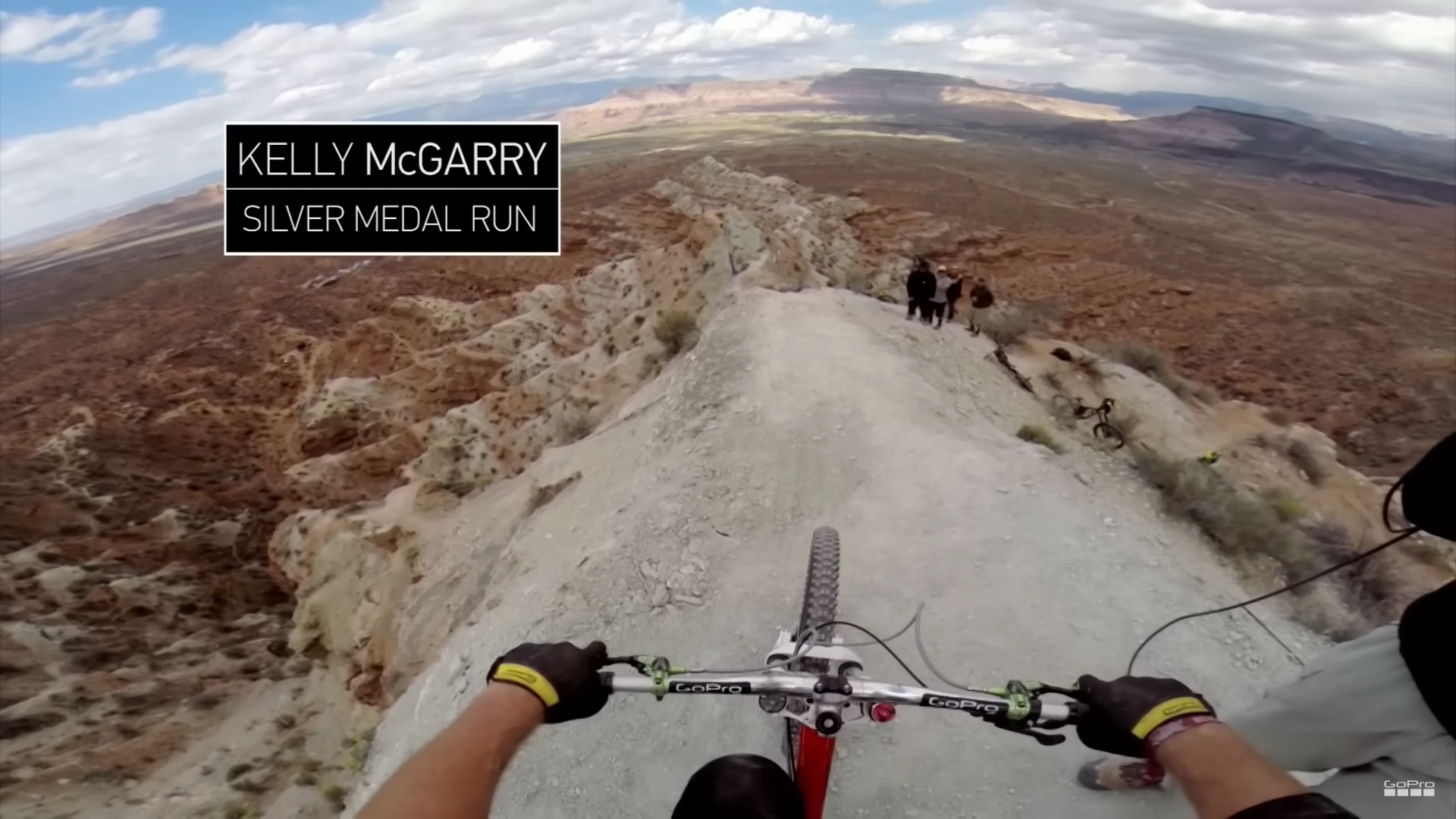
Source: GoPro on YouTube
This strategy helped GoPro reach 10.9 million subscribers and over 3.1 billion views across all its videos.
Connecting with Gen Z Through Video Marketing
Deciding which type of video to use for your marketing strategy depends on your goal, target audience, budget, and the message you want to convey. Video also lets you get creative, as different formats can be leveraged to achieve specific goals.
On that note, it’s important to understand why video marketing resonates so much with Gen Z, audiences born between 1997 and 2012.
This generation has grown up with internet access as the norm, which explains their strong affinity for video content. They also account for over 40% of global consumers and have a spending power of $150 billion in the U.S. alone. And, with an average of 9 hours of daily screen time, Gen Z is the prime target for video marketing strategies.
Authenticity is key with Gen Z, but it should go beyond engagement.
This is because they also seek evidence of a more profound brand commitment. As of 2022, 73% of Gen Z make purchasing decisions based on their beliefs and values. As such, this younger generation is more likely to purchase if:
- a product is practical
- a product is truly valuable in their lives
- the brand shares their principles and advocacies
The main difference between marketing to Gen Z compared to the older generations, such as Millennials, is that they use video-sharing platforms significantly more than any other generation, with YouTube and TikTok as their most used platforms.
This means that with the continuous rise in the popularity of video marketing, targeting Gen Z in your strategies becomes equally important.
Effective Video Marketing Strategies for Gen Z
As the first generation to grow up in the digital age, Gen Z has unique preferences and behaviors when consuming content, including videos. To effectively market to Gen Z, businesses must understand their preferences and adapt their video marketing strategies accordingly.
Here are some tips to better market to Gen Z:
- Create channel-specific content. There isn't a "one-size-fits-all" when it comes to content. Using one style of video across different platforms without considering what that platform is used for will make your content feel disconnected and inauthentic. For example, LinkedIn is used for career-focused content, while TikTok is for fun and trending challenges.
- Keep it short. Gen Z prefers more concise and easily digestible content. They also enjoy platforms like YouTube, TikTok, and Instagram that offer such content (YouTube Shorts and Instagram Reels). In addition to creating short videos, make sure they're mobile-optimized, too, since over 75% of Gen Zers said their smartphones are their device of choice.
- Be authentic, transparent, and accountable. A brand's credibility and authenticity are important to this generation of consumers. Use bloopers, behind-the-scenes, and any content that forms a human connection. Additionally, a lack of transparency and accountability will lead to distrust and disengagement and may even result in boycotting.
- Leverage user-generated content. It's genuine and authentic, saves time, builds social proof, and establishes a connection between you and your target market. Use platforms like TikTok to encourage content creation and interaction. You can also create a hashtag or a fun challenge that your audience can participate in.
- Utilize omnichannel marketing. Despite Gen Z's preference for smartphones, they also love shopping at brick-and-mortar stores. And with 88% of Gen Zers preferring a blend of digital and physical marketing, meeting them where they’re at is essential. So, expand your marketing reach to Gen Z by leveraging multiple channels.
Here's a secret: Gen Z also loves long-form videos only if they align with their interests.
Google's latest research shows that 59% of Gen Z watch longer versions of videos discovered on short-form video apps like TikTok. This is why long-form videos, such as video essays, are on the rise. These essays run anywhere from 25 minutes to an hour, and it's all rooted in how Gen Z values genuine, authentic, and relevant content.

Source: Broey Deschanel on YouTube
To help you know which video format to use in your marketing strategy, here are the advantages and disadvantages of both short-form and long-form videos:
Short-form videos
Short-form videos are brief content, typically less than a minute long, designed to quickly capture and engage the viewer's attention. Examples include TikToks, Instagram Reels, and YouTube Shorts. The advantages of creating short-form videos are the following
- quick turnaround times and require fewer resources
- highly shareable with more engagement
- ability to efficiently produce a larger quantity of high-quality videos
However, there are also disadvantages to using such shorter videos. These include:
- working with a limited timeframe
- risk of skimming over essential details
- limitations to specific topics and styles
Long-form videos
Long-form videos are longer, typically ranging from several minutes to hours. They are more detailed and comprehensive, often providing in-depth information, storytelling, or entertainment. Long-form videos suit various types of content, such as documentaries, tutorials, webinars, interviews, and product demonstrations.
Here are some of the perks of using longer videos in your marketing strategy:
- allows businesses to establish authority and credibility
- serves as content that you can break up into shorter edits to share on different platforms
- boost your SEO with longer and more evergreen content
However, some challenges arise when it comes to using long-form videos:
- requires more time, effort, and budget
- not everyone will watch the video from beginning to end
- distribution challenges on platforms where shorter content is preferred
Utilize both video formats to maximize your marketing potential.
Think of your short-form videos as a potential gateway for people to discover your brand and then watch your longer, more in-depth content.
One great example of where both formats were strategically utilized is the case of South Korean girl band Blackpink's #PinkVenomChallenge. They created this challenge on YouTube Shorts to promote their latest music video, "Pink Venom." The group's multi-format marketing helped them set a new world record, and "Pink Venom" became the third-biggest 24-hour music video debut of all time.
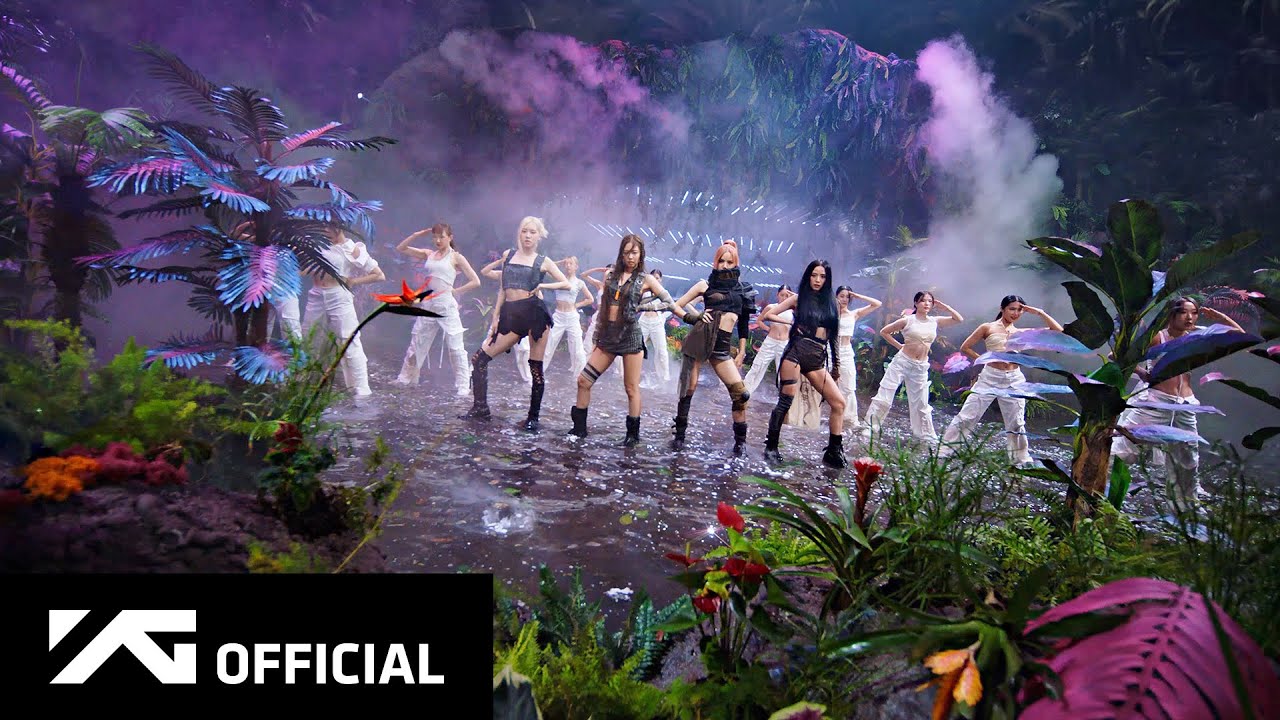
Source: BLACKPINK on YouTube
Another noteworthy example is Meghan Trainor’s “Made You Look” trend. What started as a preview of her newest single became a worldwide trend. The song’s official TikTok audio currently has 4.7 million videos under it, and the #MadeYouLook hashtag has over 4.5 billion views across all TikToks.

Source: Meghan Trainor on YouTube
This video marketing trend boosted Meghan’s single in the charts and got her back into the mainstream pop music scene as it gained 30 million Spotify streams in just 16 days, becoming her fastest song to do so, while the “Made You Look” official video gained 10 million views in just three days.
Final thoughts
Video marketing is a powerful tool that businesses can leverage to engage with their target audience, boost sales, and drive growth. With consumers' increasing preference for video content and the rise of Gen Z as a key demographic, incorporating video marketing into your overall marketing strategy is necessary.
By understanding the importance of video marketing and leveraging various types of videos, you can cater to different audience preferences, meet your marketing objectives, and position your business for success.
Want to ramp up your marketing strategies and unlock the power of video marketing? Explore our service packages today or contact us!




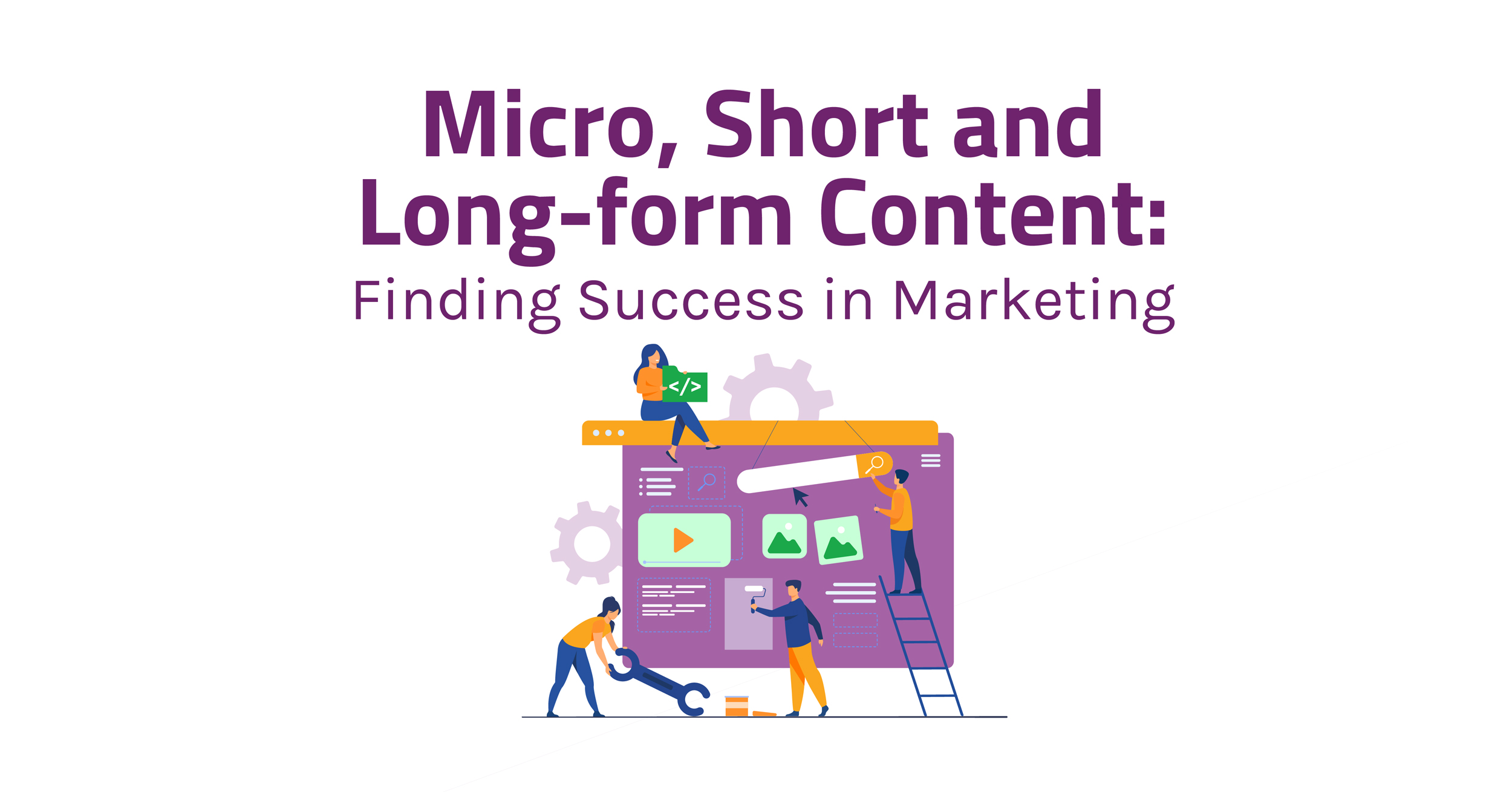
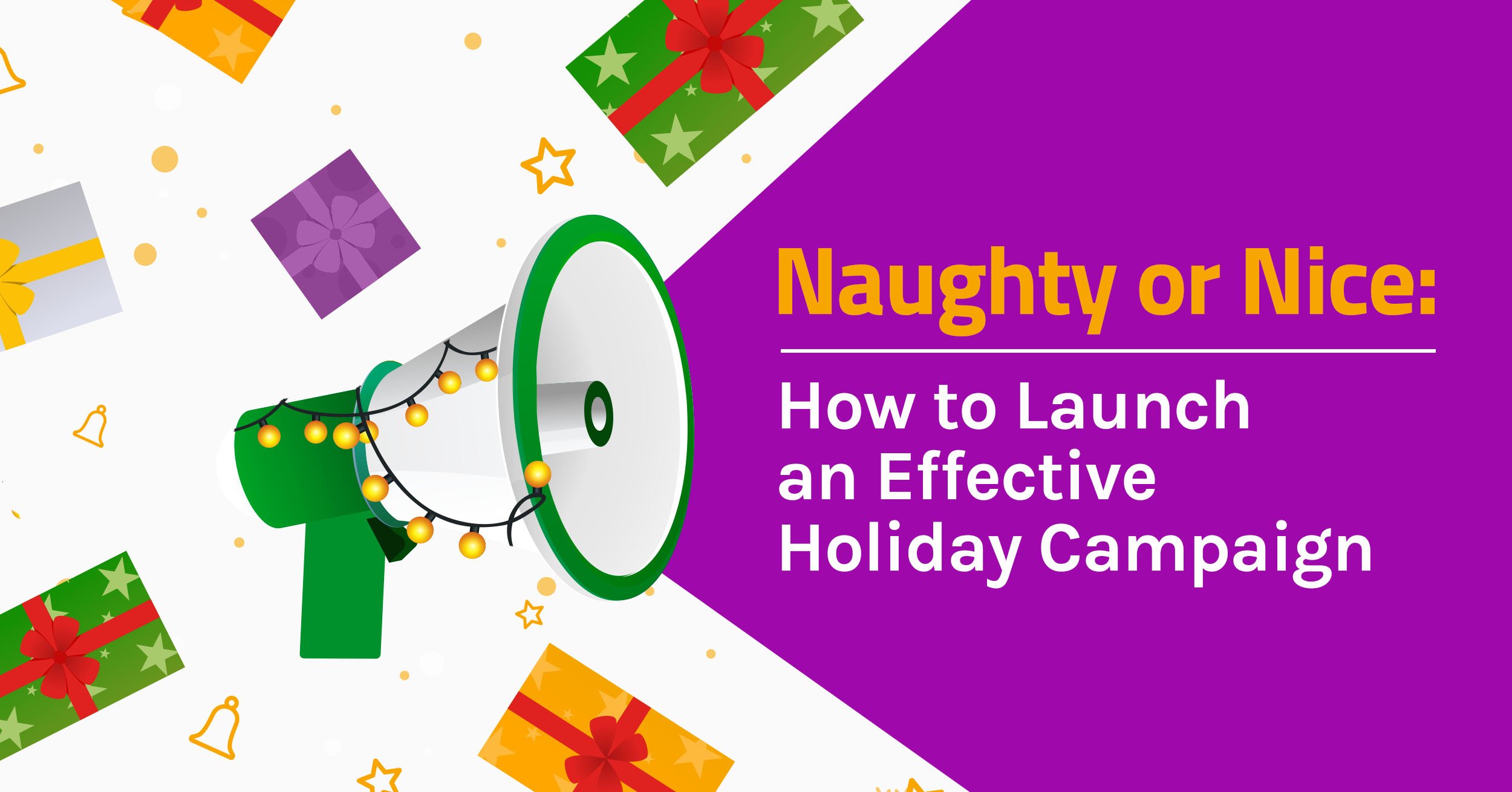


Comments